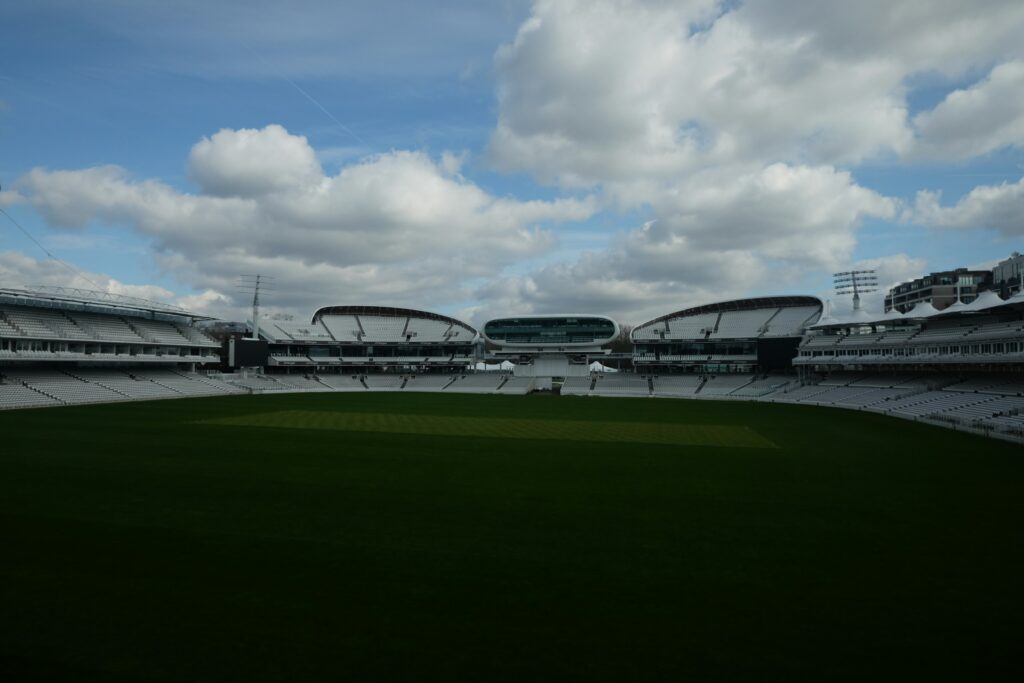
The thunderous roar of a packed stadium. The iconic anthem. The feeling of history in the making. This is the magic of the UEFA Champions League.
If you’ve been following Europe’s most prestigious club competition, you’ll know that the 2024/25 season marked the dawn of a new era. The traditional group stage was replaced by a seismic shift that promised more drama and more high-stakes matches. Now, as we enter the second season of this revolutionary format, the Champions League 2025-26 season is set to build on that excitement.
For those who are still getting a grasp of the changes, let’s break down the new format, so you know exactly what to expect from the competition’s new landscape.
The Old Way vs. The New Way
For decades, the Champions League group stage was a simple, predictable affair. 32 teams were split into eight groups of four. You played the same three teams twice (home and away), and the top two went through. Simple. Safe. Sometimes, a bit boring.
The new format shatters that model entirely. Instead of eight small groups, we get one giant league. Think of it less like a tournament and more like a season-long campaign where every single result contributes to a single, thrilling table.
The Key Changes You Need to Know
The core of the new system revolves around these three pillars, which were introduced last season and are now a permanent fixture:
1. The League Phase: Every Game Matters
This is the biggest change. There is no group stage. Instead, 36 teams are part of a single league table. Each team plays eight matches against eight different opponents
four at home and four away.
- The Draw: Teams are sorted into four seeding pots based on their UEFA club coefficient. Each team is drawn to play two opponents from each pot, ensuring a balanced, diverse schedule. This means big clubs face off more often in the early stages, creating a much more exciting start to the competition.
- More Competitive Matches: There are no more “dead rubbers” where a team has already qualified before the final matchday. With all 36 teams ranked together, every point and every goal can dramatically change a team’s position on the final day, turning Matchday 8 into an unmissable spectacle.
2. The Path to the Knockout Stage
How do teams progress from this massive league table? The path is now a two-tiered system, designed to reward consistency and create a thrilling knockout playoff.
- Top 8 Teams: The eight clubs that finish at the top of the league table automatically qualify for the Round of 16. Their reward for a dominant performance is a direct passage to the final stages and a well-deserved rest.
- Teams 9-24: This is where the real drama unfolds. These 16 teams compete in a two-legged knockout play-off. The winners of these matchups will then advance to the Round of 16. The best part? The higher-ranked teams (9-16) are seeded and play the lower-ranked teams (17-24).
- The Bottom 12: Teams that finish 25th or lower are eliminated entirely. There is no longer a transfer to the Europa League, raising the stakes and making every point a valuable commodity.
3. New Additions and Opportunities
The new format isn’t just about shuffling the existing teams; it’s also about expansion. The 36-team league phase adds four extra places.
- European Performance Spots: Two of the additional slots go to the two associations (leagues) with the best collective performance in all of UEFA’s club competitions the previous season. This is a game-changer, as it rewards a league’s overall strength and depth, not just its top teams.
- A Broader Field: The other two places go to a third-placed club in the fifth-ranked association and an extra domestic champion via the “Champions Path.”
Why This Matters
This isn’t just a change for change’s sake. The new Champions League format is a powerful marketing tool and a strategic move to address a core challenge: keeping the biggest and most exciting matches front and center.
- For Fans: More high-quality matchups from the very beginning. Less filler, more spectacle.
- For Clubs: Every match is a high-stakes encounter. The rewards for success are greater, but so is the risk of an early exit.
- For the Game: The tournament feels more fluid and dynamic. The journey to the final will be a true test of a team’s resilience and strategy across a marathon of matches.
What’s Your Take?
The UEFA Champions League 2025-26 season is a continuation of a bold experiment. It’s a move that has discarded tradition for innovation, promising a thrilling and unpredictable ride. Whether you love it or hate it, one thing is certain: this is not your father’s Champions League.
What do you think of the new format now that it has been in place for a season? Will the single league table continue to create more drama? Share your thoughts in the comments below. And for more deep dives into the world of sports, tech, and everything in between!
Sources & Further Reading
Disclaimer: This blog post was generated with the help of artificial intelligence. Readers are encouraged to verify facts independently.


